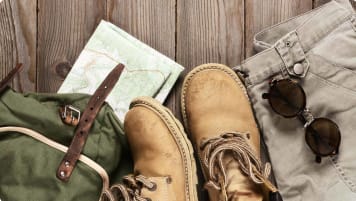The Problem of Overtourism
Problem of Overtourism The night crowd at the Trevi Fountain in Rome, Italy Tourism is a double-edged sword: it brings economic prosperity to a community, but can also be a burden on its resources. Cities…
23 Jul 21 · 8 mins read
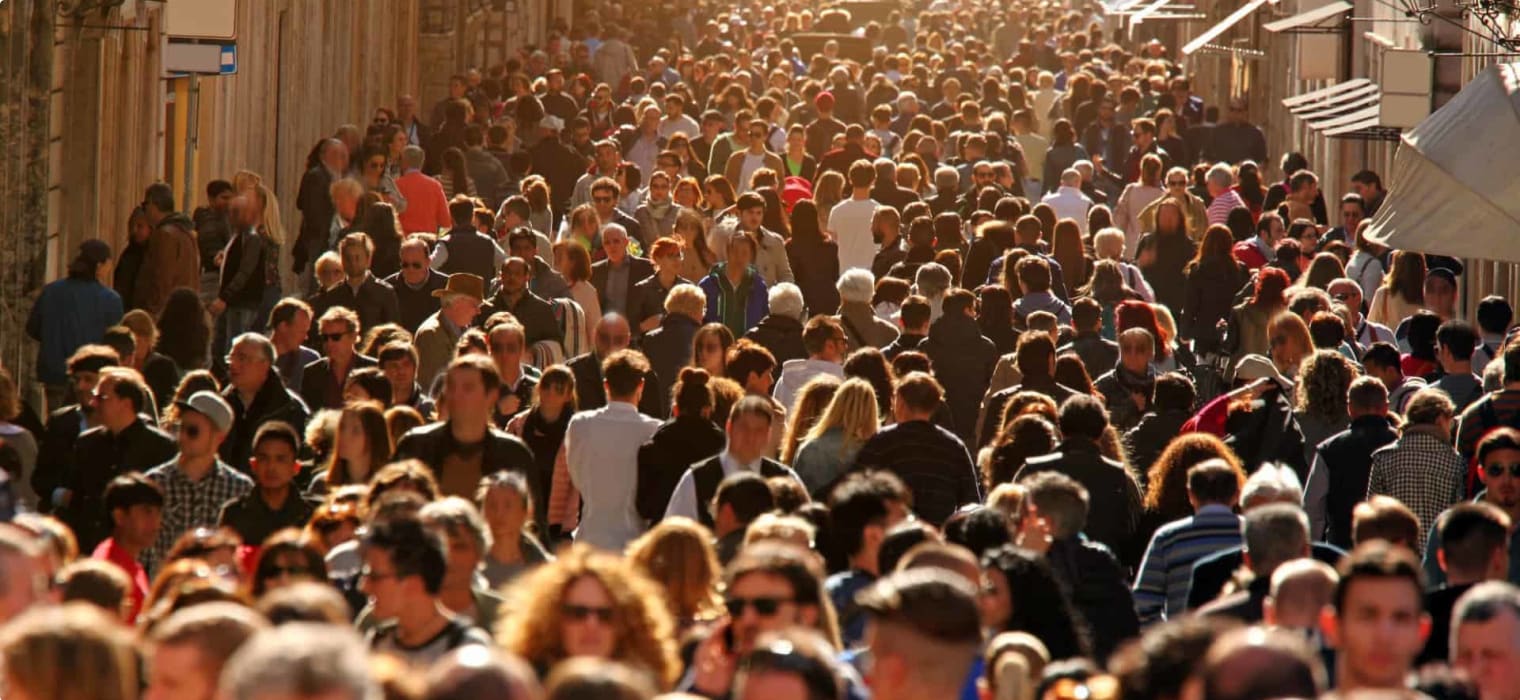
Problem of Overtourism
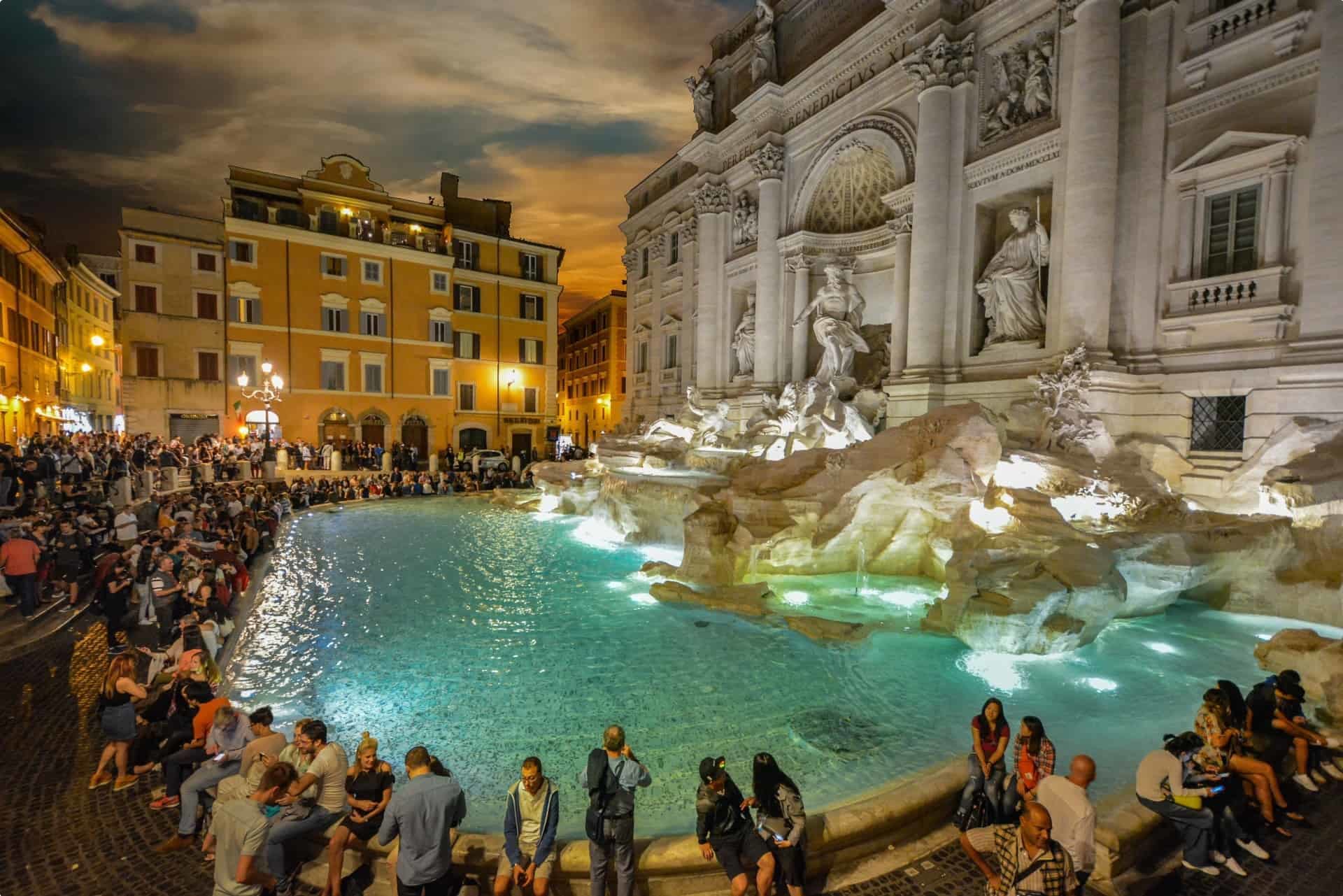
Tourism is a double-edged sword: it brings economic prosperity to a community, but can also be a burden on its resources. Cities and countries walk the razor’s edge between welcoming visitors in order to maintain an important revenue stream, and throwing the gates wide open, so to speak, while their citizens endure a living nightmare.
In May 2019, Amsterdam, poised to take in 42 million visitors every year by 2030, is set to impose a strategy called “develop and discourage“, which involves “actively dissuading” people from visiting through various means (closure of tourist attractions, tourist taxation) as tourism is having a negative impact on the residents’ standard of life.
A few years ago, in 2017, tensions have risen to such a fever pitch in Barcelona, due to the surge in visitors and Airbnb’s impact on the city’s housing market, that youth protesters slashed the tyres of rental bicycles and a tour bus. “Anti-tourism” demonstrations were also held in Venice, a small city of 55,000 people which swells to more than 20 million during tourist seasons.
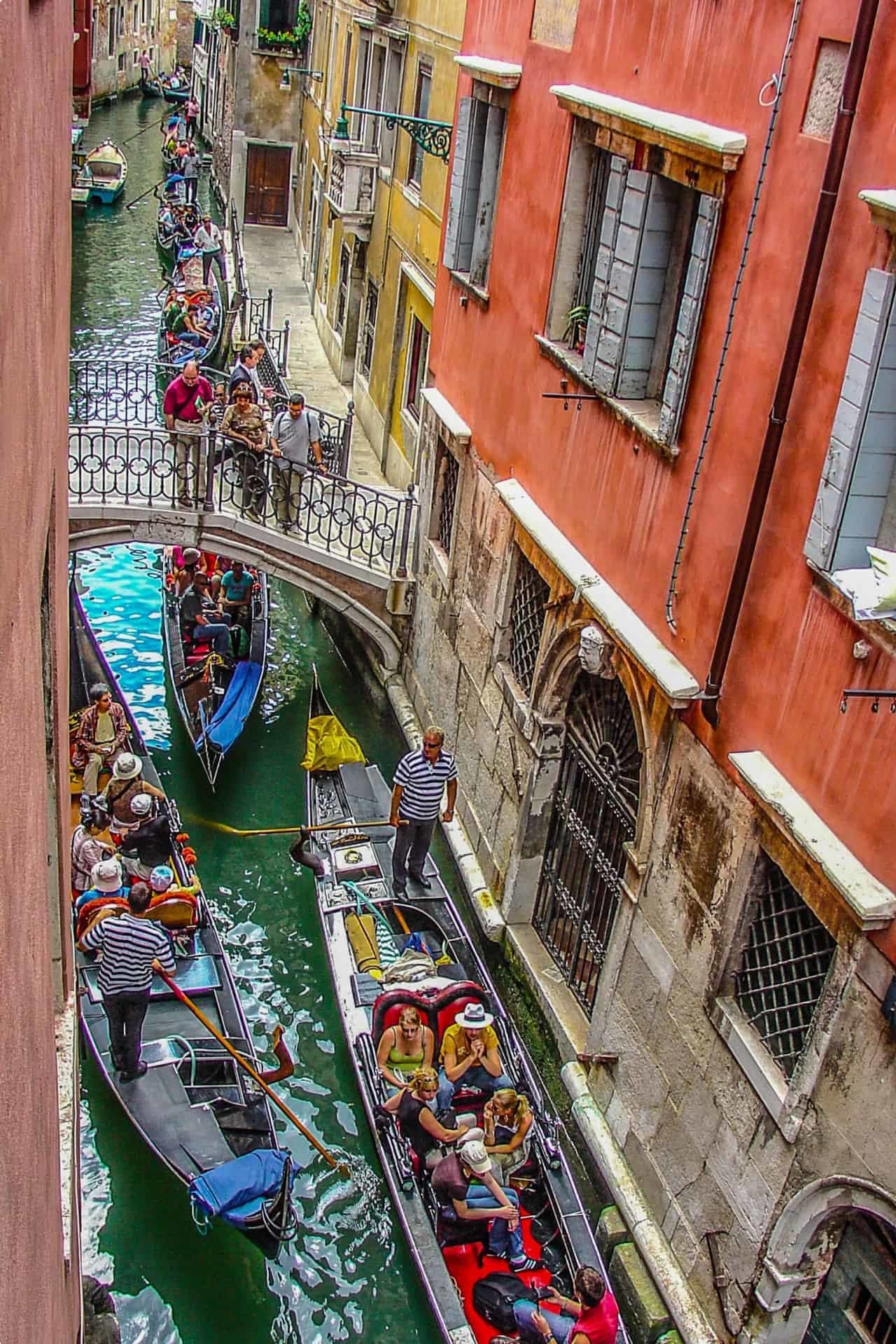
We’ve covered the various reasons for this surge in tourism in a previous article. Reasons include:
- increased mobility due to growing wealth
- greater conveniences in travel, such as online booking
- the sharing economy (e.g. Airbnb and Uber) offering cheaper alternatives to traditional holiday accommodations and transport
- emergence of the low-cost airline sector
- increased awareness of places to visit
Overtourism is defined “as the excessive growth of visitors leading to overcrowding in areas where residents suffer the consequences of temporary and seasonal tourism peaks, which have enforced permanent changes to their lifestyles, access to amenities and general well-being”.

Locals protest against the impact of overcrowding or “overtourism” in their region–the rising cost of rental properties, the negative impact on the environment, the anti-social behaviour of seasonal visitors, and the overall pressure placed by a throng of people descending upon a town that can no longer sustain it.
Some cities appear to be at their wit’s end: Milan, for example, introduced a ban on food trucks and selfie sticks and Dubrovnik set up cameras to monitor the number of people entering their historic old town.
Then in June 2019, as reported by The Guardian, Rome imposed new rules, updating 1946 legislation, in order to stop “uncouth behaviour” in the Italian capital. Among these rules is a permanent ban on “modern-day centurions – men who dress up in tunics and leather breastplates, wielding plastic swords”, a rule against “messy” eating near beloved monuments, and possible future “severe fines” against people who take a dip in city fountains.
Venice followed in 2021 as the next Italian city to implement rules designed to mitigate the negative impacts of mass tourism. The New York Times reports that in June the Italian government permanently banned large cruise ships from entering the Venetian lagoon. It came after decades of protests and petitions by both Venice residents and environmentalists, as well as recent threats by UNESCO to place the city on their endangered heritage sites list. The ban covers ships heavier than 25,000 tons or longer than 180 meters, and is intended to protect Venice’s historic canals, waterways, and surrounding water environment.
Taxes and Fees for Tourists
Other cities and countries hit tourists where it hurts: their wallets. Hvar in Croatia slap drunk tourists with huge fines (up to 700 euros).
Waitangi in New Zealand has only about 2,000 people, but more than 15 times as many domestic and foreign visitors flock to the town famous for witnessing the signing of a treaty between the Maori chiefs and the British Crown. Its central importance in New Zealand’s history has made Waitangi a tourist draw, but tourism is also becoming a burden on its natural resources. In an effort to curb overcrowding and to finance developments, the New Zealand government will be imposing a one-time tourist tax of around $35.
A more extreme two-tier system penalising visitors has been noted in Venice in 2015: a day that costs a local family 12.40 euros costs outsiders 136 euros. This year, Venice will be imposing a day-tripper tourist tax of $16 for visitors who want to gain access to its historic centre.
Prof. Sally Everett writes that having tourists pay more than locals is “morally defensible”.
A form of “tourist tax” on food, accommodation and attractions may seem unfair (even discriminatory), but tourism shouldn’t be a one-way transaction. Foreign visitors often place significant pressure on scarce and limited resources at certain times of the year. We all need to recognise this impact.
These fees will also, ideally, provide governments with revenue to upgrade infrastructure in order to accommodate the demand and let tourism-dependent and popular places breathe from the strain.

What can tourists do?
The latest numbers by the World Travel and Tourism Council (WTTC) show that the travel and tourism sector accounts for 10.4% of global GDP and 313 million jobs, or 9.9% of total employment, in 2017. This means one out of every 10 jobs in the world is supported by the sector–and “ending” tourism will have an incredible impact on the world economy. Taleb Rifai, then Secretary General of the UN World Tourism Organisation, told the Guardian in 2017 that tourism can be the “best ally” to conservation, preservation and the community, and “should not be given up for the sake of mismanagement”.
In the first of a series of articles in August 2018, the WTTC stresses that overtourism is not a new problem, and though media stories focus on the effect on locals, overtourism also negatively impacts the tourists themselves. We’ve written about travellers to Roys Peak in Lake Wanaka in New Zealand suffering from long queues brought about by hikers who want to snap the perfect Instagram-worthy shot with views of Mount Aspiring and the Southern Alps. The Guardian posted a photograph by Lucas Stevanko on Twitter showing a long line of hikers waiting for their turn to take a photograph at the peak. The article shares that “it was now essential to leave as early as 3 AM to avoid congestion and crowds on the track.”
McKinsey and WTTC have identified five approaches to combat overcrowding.
- Smooth visitors over time by encouraging them to visit during non-peak times of day, season, and year through actions such as arrival limits and ticketing systems.
- Spread visitors across sites, for example, by developing new attractions and promoting less-popular sites and areas.
- Adjust pricing to balance supply and demand by, for example, introducing variable or tiered pricing.
- Regulate accommodation supply through regulations on home-sharing and additional hotel rooms.
- In dire situations, limit access and activities to protect natural and cultural integrity.
This advice are for the tourism officials. What can tourists do to help?
According to the WTTC:
Travel outside the peak seasons.
Popular travel seasons are popular for a reason: the weather. No one wants to visit the beach during hurricane season, and how can you go skiing if there’s no snow? In most of the Northern Hemisphere (except ski resorts), summer (June to September) is the peak season for travellers. In the Caribbean, a popular beach destination, the peak season is December to April, corresponding with winter in North America, where most of the tourists come from.
Travellers will squeeze through the crowd and pay the high prices of flights and accommodations just to have that perfect weather for their vacation.
At Odyssey Traveller, we specialise in educational travel for seniors and research “shoulder seasons”, which occur before or after the peak travel season, promising pleasant weather but with thinner crowds, giving you a better experience in the places we visit. For example, our Dinosaur tour in China occurs in April and October. We have a diverse mix of tours available all-year-round, offering flexibility and helping distribute the flow of tourists equally. We have in the last few years been offering more and more small group tours that take place at the end of the European winter in late February.
Whilst travelling in the shoulder and low season may initially seem alien, when you look at Paris below in winter sunshine, with no wind and minimal wait times, you have to ask yourself: is this not a better time to explore as a responsible citizen?
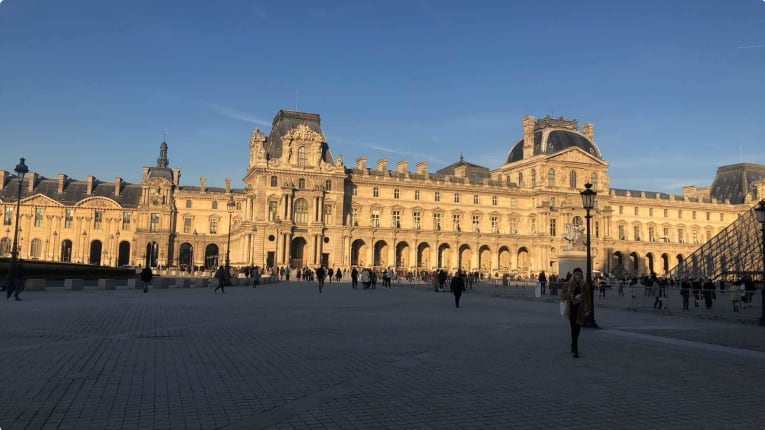
Stay longer in one place.
Over the last 20 years, with airline prices dropping, British travellers have gone on more holiday breaks, but they’re shorter than they used to be, down to 7 to 10 days from the traditional two-week holiday. Since the holiday breaks are shorter, travellers are less likely to venture out of crowded city centres.
WTTC encourages people to take fewer trips, but to make each trip long enough to really get to know a place.
Senior travellers are usually retirees with the luxury of time, allowing them to go on extended vacations. Odyssey Traveller tours last around 20 days, like this in-depth tour of Uzbekistan, Kazakhstan, Kyrgyztan, and Turkmenistan, giving travellers a chance to truly immerse themselves in cities and countries and have a deep understanding of their history and culture.
Get off the beaten track.
WTTC reports that 70% of visitors are concentrated in 20% of the countries, which means we need to consider travelling further and wider instead of simply following trends.
Odyssey Traveller specialises in crafting unforgettable experiences for travellers, providing adventure and educational programs to small groups since 1983. Some of these trips may once be considered elusive dreams, but are now made accessible with the help of our Program Leaders and local guides. Our tours include, among many others, immersive trips to see dinosaur fossil sites in China and Argentina and exploring emerging destinations such as Armenia, Georgia and Azerbaijan or Iran where we started to visit since 2003.
We always endeavour to include places that may not be famous but will provide deeper insight into a country’s heritage. In Kazakhstan, for example, we will visit the big cities of Nur-Sultan (formerly Astana) and Almaty but also stay in village guesthouses in Ulytau.
Be considerate.
We have guides that will help us understand local customs and ensure that we enter and leave a foreign country as thoughtful guests. We also regularly publish articles to give prospective and loyal Odyssey clients backgrounders about the places we visit.
Our small-group approach (Odyssey groups can be as small as four people, typically with a maximum of 14) minimises our impact on the environment and local infrastructure, allowing us to use public transportation and/or small vehicles, or go on long hiking and walking trips without subjecting locals to visual pollution. We also seek out local craftspeople and smaller shops to ensure that the money we spend truly goes to the community we are visiting.
Travelling with a small group also ensures that you travel with flexibility and with good company, and are given adequate attention by our Program Leader.
For more information on Odyssey Traveller and our educational small group tours, do explore our website. Alternatively, please call or send an email. We’d love to hear from you!
About Odyssey Traveller

Odyssey Traveller is committed to charitable activities that support the environment and cultural development of Australian and New Zealand communities. We specialise in educational small group tours for seniors, typically groups between six to 15 people. Odyssey Traveller has been offering this style of adventure and educational programs since 1983.
We are also pleased to announce that since 2012, Odyssey Traveller has been awarding $10,000 Equity & Merit Cash Scholarships each year. We award scholarships on the basis of academic performance and demonstrated financial need. We award at least one scholarship per year. We’re supported through our educational travel programs, and your participation helps Odyssey Traveller achieve its goals.
Originally published February 14, 2019.
Updated on July 23, 2021.
Related Tours
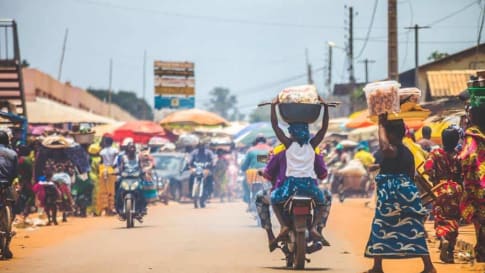
21 days
May, SepExplore the History, Culture & Wildlife of West Africa: Ghana, Togo & Benin
Visiting Benin, Ghana
This small group tour for couples and solo travelers concentrates on the history, culture and wildlife of coastal Central Africa. Meet the friendly local people and come to a greater understanding of just what has made them what they are today.
From A$14,995 AUD
View Tour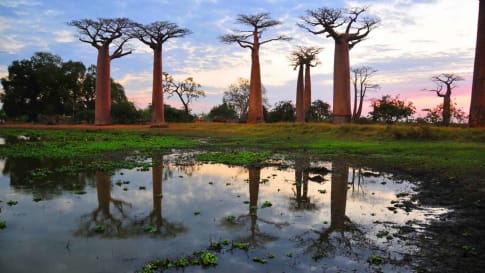
16 days
Apr, Aug, SepMadagascar Small Group Tour | The island of Lemurs & Avenue of Baobabs
Visiting Madagascar
On this small group tour we explore the country’s natural wonders as well as its colonial past. Madagascar has a range of extraordinary plant and animal life which we will have the chance to view in the island’s National Parks and Nature Reserves. While on the tour we will also learn about both the Portuguese and French periods of control.
From A$14,295 AUD
View Tour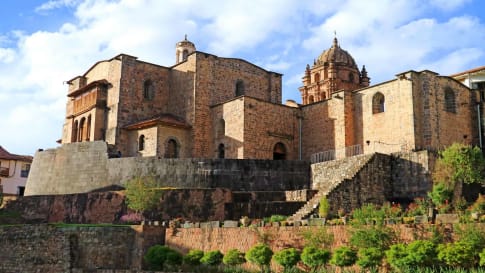
22 days
Mar, AprEcuador and Peru Archaeology tour
Visiting Ecuador, Peru
This 22-day small group tour highlights the most prominent ancient ruins and archaeological finds across Ecuador and Peru and showcases the vast culture and impact of pre- and post-Inca civilization.
From A$16,250 AUD
View Tour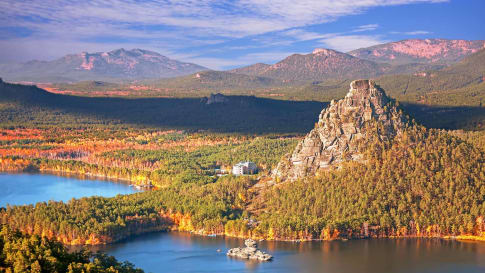
22 days
Jun, SepExploring Kazakhstan | Small Group Tour
Visiting Kazakhstan
Visit the largest landlocked country in the world, Kazakhstan. Once part of the Mongol and Russian Empires, Kazakhstan is where man first tamed wild horses on the vast Kazakh Steppe, the dry grassland that dominates its landscape and connects it with Europe and the rest of Asia. A escorted small group tour for mature and senior travellers, couples and solo travellers.
From A$11,995 AUD
View Tour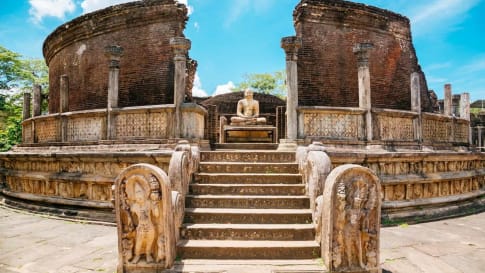
15 days
MarSri Lanka | Culture and History Small Group Tour
Visiting Sri Lanka
A small group tour of Sri Lanka for mature couples and solo travellers is a great introduction to the trading history of the world and "Spice" The centre of the island offers rolling hills, year round cool climate and former British colonial hill stations complete with Tudor hotels, rose gardens and the oldest golf course in Asia. Scattered around the country are National Parks filled with game. The world’s first game reserves were founded in Sri Lanka over 2,000 years ago.
From A$8,250 AUD
View Tour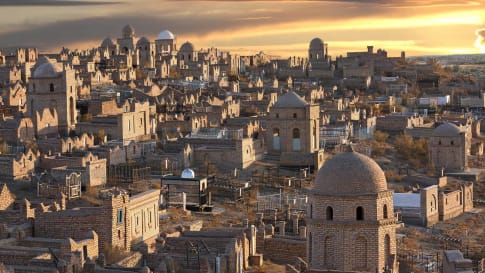
27 days
May, AugThe Stans Small Group Tour: Uzbekistan, Kazakhstan, Kyrgyzstan, and Turkmenistan
Visiting Kazakhstan, Kyrgyzstan
This Odyssey is designed for the adventurous traveller, a couple or solo traveller on a small group tour who is prepared for a range of accommodation styles, for walking excursions and some long travel days in 3 Central Asian countries. The program combines experiences with great scenery, ancient and modern histories, family visits and lifestyles that differ dramatically.
From A$16,750 AUD
View Tour